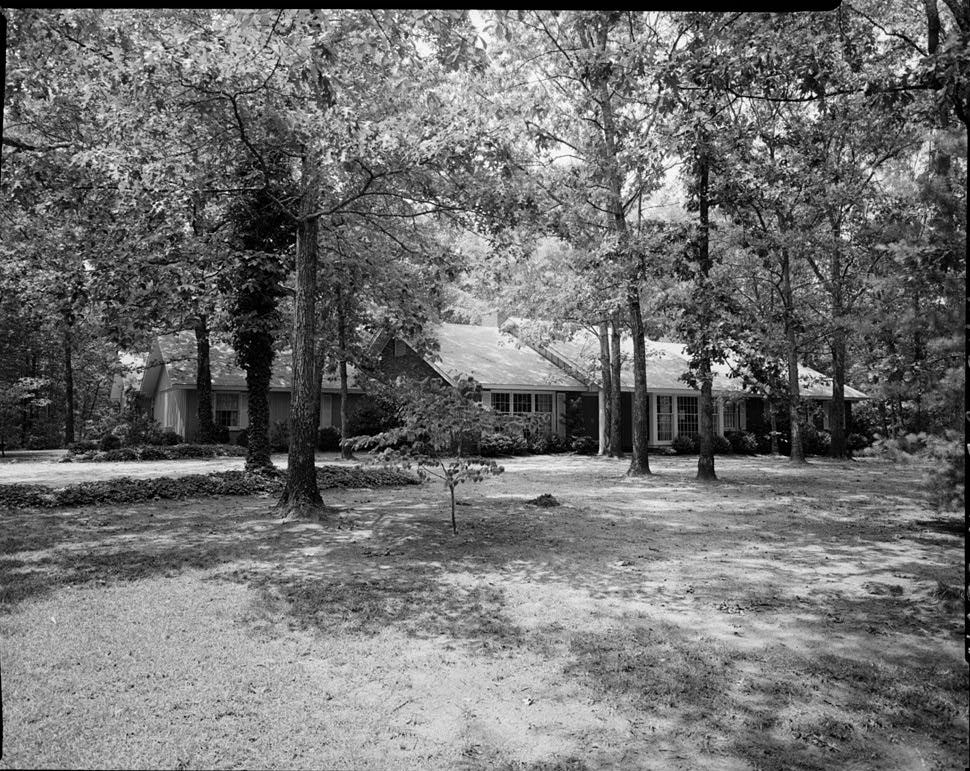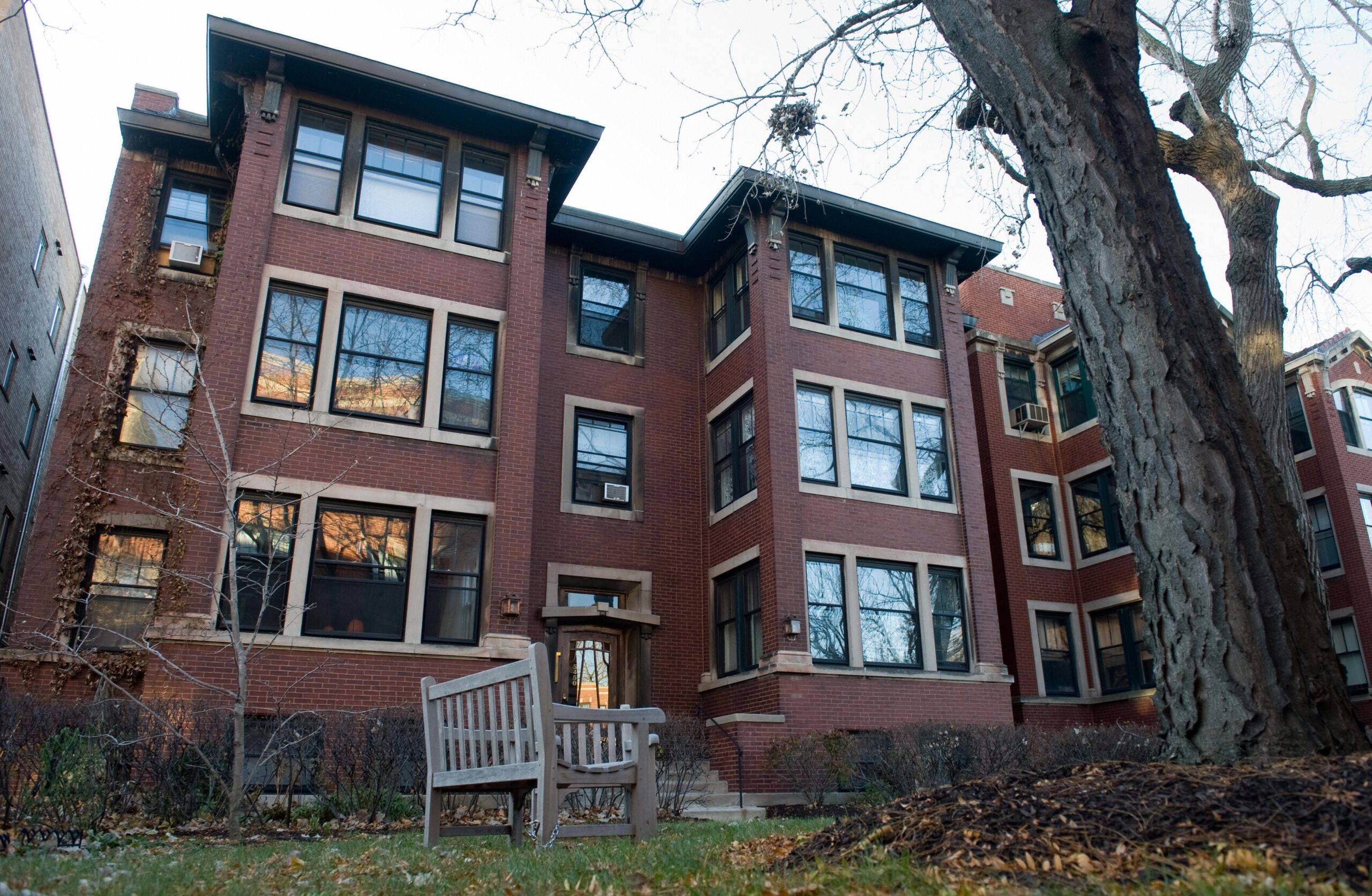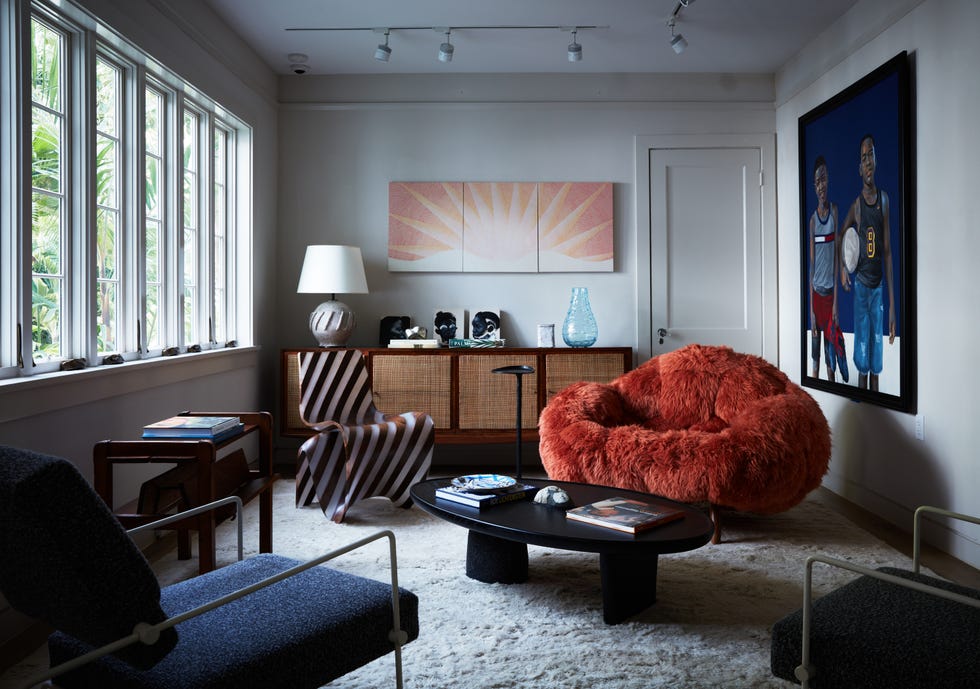Some presidents inhabit imposing homes befitting their impressive legacies. Thomas Jefferson designed himself a Neoclassical mansion according to the principles of Andrea Palladio. Franklin D. Roosevelt transformed a 19th-century Italian villa into a Colonial Revival mansion. John F. Kennedy summered at a sprawling seaside family compound.
But President Jimmy Carter, who died at the age of 100 on Sunday, chose to spend his days in a 4,000-square foot ranch-style house in his boyhood town of Plains, Georgia. According to the Library of Congress, it’s the first and only home Carter and his wife Rosalynn ever owned since building it more than six decades ago.
It will also be their final resting place. The former president is set to be buried on the property alongside Rosalynn, his wife of 77 years.
The unassuming low-slung mid-century ranch house is clad in red brick and light green painted timber. According to records from the Historic American Buildings Survey, the home was completed in 1961. The Carters altered the residence in 1974 with a screened-in porch and a double-height garage. In 1981, the president converted the garage’s first floor into his own woodworking shop while the garage’s upper level was transformed into an apartment for visitors. Wall-to-wall light blue carpeted swathed the four bedrooms, living room, hallway, and dining room.
The home is so humble, reporter Nicholas Dawidoff described it in a 2011 profile of the president in Rolling Stone as “the sort of suburban residence where you might expect to find a young ophthalmologist and his family”—not the 39th president of the United States.
The house is worth just north of $250,000 according to a Zillow estimate.
“To me, the thing I admire most about my grandfather and grandmother is that they’ve done everything they can to stay normal people,” the Carters’ oldest grandson Jason Carter told Rolling Stone. “They built their house in the 1960s, and they almost haven’t changed a thing. They were superexcited — legitimately excited! — when the Dollar General store opened in Plains. They buy their clothes there.”
According to Rolling Stone, Carter eschewed the offer of a Jeep after leaving the oval office but requested a set of woodworking tools instead. Many of the furnishings inside the home were hand built by Carter, including a four-poster bed in the primary bedroom and a cocktail table made from a livestock trough. The home also featured mid-century appliances, a painting from Fidel Castro, and a particularly ancient microwave.
“My grandparents, their microwave is from 1985. It goes tick tick tick tick! It takes 12 minutes ticking down to pop popcorn, because why would you buy a new microwave?” Jason Carter told the outlet.
The Carters’ humble lifestyle dovetailed with their humanitarian work. After leaving the White House, the president and first lady launched the Carter Work Project with Habitat for Humanity, an effort that has built some 4,300 homes for families in need.
“I think the main thing is to set a goal for all of us that every human being ought to have a decent place in which to live. I think it’s one of the basic human rights just like freedom of speech and freedom of religion,” the former president told National Public Radio station WVPE.
Following a state funeral on January 9 at the National Cathedral in Washington, D.C., the president will be returned to his Georgia residence via a military flight to be laid to rest.
The home will be transformed into a house museum to honor the Carters’ legacy.
Anna Fixsen is the deputy digital editor of ELLE DECOR, where she oversees all facets of ElleDecor.com. In addition to editing articles and developing digital strategy, she writes about the world’s most beautiful homes, reviews the chicest products (from the best cocktail tables to cute but practical gifts), and reports on the most exciting trends in design and architecture. Since graduating from Columbia Journalism School, she’s spent the past decade as an editor at Architectural Digest, Metropolis, and Architectural Record and has written for outlets including the New York Times, Dwell, and more.







